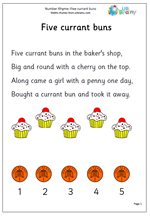 Another number rhyme from urbrainy.com Five currant buns is a long established number rhyme which helps children count down from 5 to zero. Again, it is a rhyme that can be learned off by heart. This whole idea can be developed in many ways: eg by baking some cakes, having 5 lined up and taking them away, one at a time, swapping with a 1p coin each time.
Another number rhyme from urbrainy.com Five currant buns is a long established number rhyme which helps children count down from 5 to zero. Again, it is a rhyme that can be learned off by heart. This whole idea can be developed in many ways: eg by baking some cakes, having 5 lined up and taking them away, one at a time, swapping with a 1p coin each time.
Category: Free Reception Maths Worksheets Reception
Number rhymes: Five little ducks
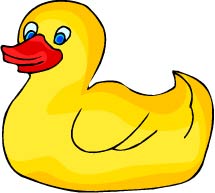 Number rhymes from mathsblog.co.uk together with urbrainy.com
Number rhymes from mathsblog.co.uk together with urbrainy.com
The second in our series of number rhymes for young children to help them recognise numbers and count up to 5 and from 5 back down to zero. There is plenty that can be done with number rhymes such as this, children like to learn them off by heart, starting just by saying “Quack, quack, quack” and quickly remembering more of the verses. They can be incorporated into games: bath time with rubber ducks.
Five little ducks went out one day,
Into the woods and far away.
Mother duck said, “Quack, quack, quack,”
But only four little ducks came back.
etc. Click on link below to view and print the number rhyme and further activities.
Number rhymes: Five red apples
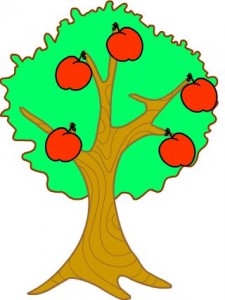 Number rhymes are vitally important for the early development of number and maths skills. There are many of them but the best tend to have a repetitive theme – we all know the horrendous ‘ten green bottles’.
Number rhymes are vitally important for the early development of number and maths skills. There are many of them but the best tend to have a repetitive theme – we all know the horrendous ‘ten green bottles’.
‘The Farmer’s Apple Tree’ is a good number rhyme for young children which can be read aloud. It helps with counting down from 5.
I am not sure of the origin of it but it appears in many different forms. This version comes from a forthcoming set from urbrainy.com and includes extra pages to colour and write numbers from 1 to 5.
Reception maths worksheet: counting and matching
 Here is the second in a series of maths worksheets for very young children dealing with counting and matching. It involves drawing lines joining sets with the same number of birds and worms and comes from the fabulous collection of resources from urbrainy.com.
Here is the second in a series of maths worksheets for very young children dealing with counting and matching. It involves drawing lines joining sets with the same number of birds and worms and comes from the fabulous collection of resources from urbrainy.com.
Free maths worksheet: counting and matching
Free maths worksheet from urbrainy.com
 Thanks to URBrainy.com for this worksheet. They specialise in early years maths and have some great free resources. This is a counting and matching page. Matching equal numbers of things is an important step for young children and one which should be encouraged as often as possible. Worksheets are only one way of doing this; there are plenty of opportunities in the home for matching eg laying the table with knives and forks, spoons with bowls etc.
Thanks to URBrainy.com for this worksheet. They specialise in early years maths and have some great free resources. This is a counting and matching page. Matching equal numbers of things is an important step for young children and one which should be encouraged as often as possible. Worksheets are only one way of doing this; there are plenty of opportunities in the home for matching eg laying the table with knives and forks, spoons with bowls etc.
URBrainy free maths worksheet: early years counting
Free maths worksheet from mathsblog.co.uk
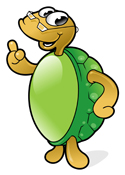 We are lucky enough to have limited access to some of the URBrainy worksheets for early years. These really are presented very well and are a great set of resources for children just starting off with maths. Here is a simple counting worksheet.
We are lucky enough to have limited access to some of the URBrainy worksheets for early years. These really are presented very well and are a great set of resources for children just starting off with maths. Here is a simple counting worksheet.
Many more can be found at urbrainy.com
Free reception maths worksheet: how many more?
Free reception maths worksheet: how many more?
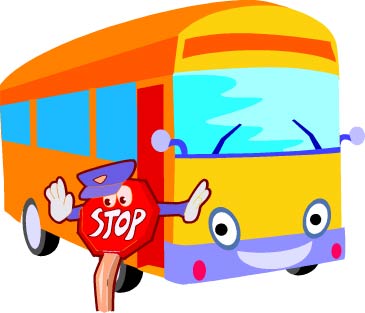 Here is a nice little page from the forthcoming URBrainy website (not yet online). It looks at a key phrase which young children need to understand, “How many are left?”
Here is a nice little page from the forthcoming URBrainy website (not yet online). It looks at a key phrase which young children need to understand, “How many are left?”
It also relates the term “How many are left?” to the subtraction sum and the subtraction sign.
Children find subtraction far harder than addition and many are not familiar with phrases such as these and don’t know what they mean.
Free reception maths worksheet: One more than
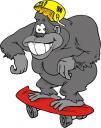 Thanks to ‘Youarebrainy’ for this worksheet for very young children. ‘More than’ and ‘less than’ are important concepts for children to understand and they need plenty of practical work at home before moving onto worksheets: eg ask questions during everyday life, such as ‘Have I got more cake than you?’
Thanks to ‘Youarebrainy’ for this worksheet for very young children. ‘More than’ and ‘less than’ are important concepts for children to understand and they need plenty of practical work at home before moving onto worksheets: eg ask questions during everyday life, such as ‘Have I got more cake than you?’
Again, if using a worksheet with young children make sure that you sit down with them and talk about it – the pictures as well as what needs to be done.
Reception maths vocabulary: Position, direction and movement
Reception maths vocabulary: Position, direction and movement
Words which describe the position and direction of objects are very important to use with your children. Confidence in using these terms enables children to describe what is happening in the world around them. Many of the movement words are later used in mathematics with such topics as shape, co-ordinates, translations etc.
Reception maths vocabulary: Position, direction and movement
Reception maths vocabulary: Shape and space
The vocabulary that young children are expected to know is quite challenging and none more so than in Shape and Space. Children are expected to be able to explore shapes, talk about their properties and know some quite tricky names of 2D and 3D shapes, including sphere, pyramid and cone.
This knowledge can only be gained with plenty of experience of handling and playing with shapes – don’t forget, the kitchen is a great place to be if you want to get the names of shapes into the conversation!